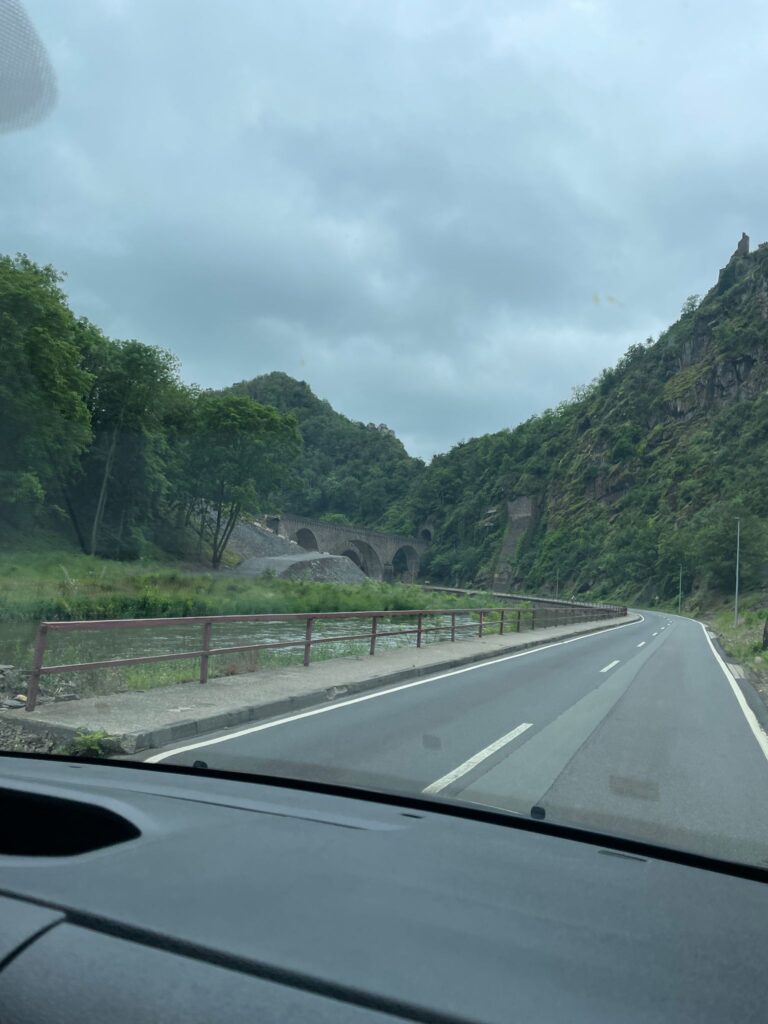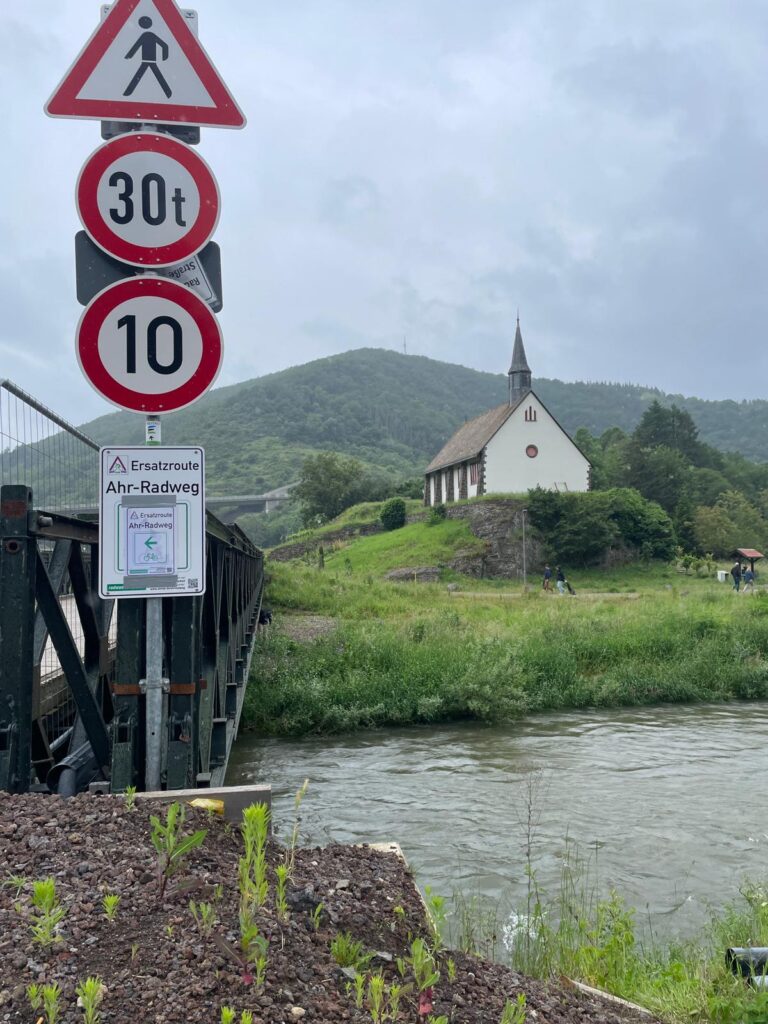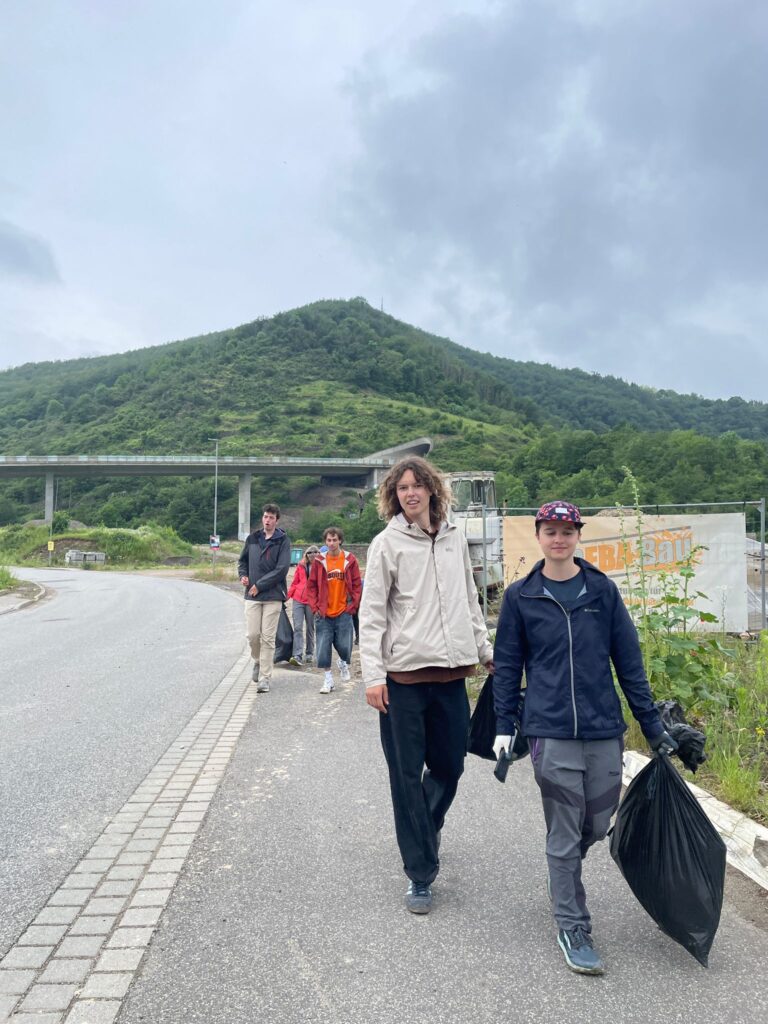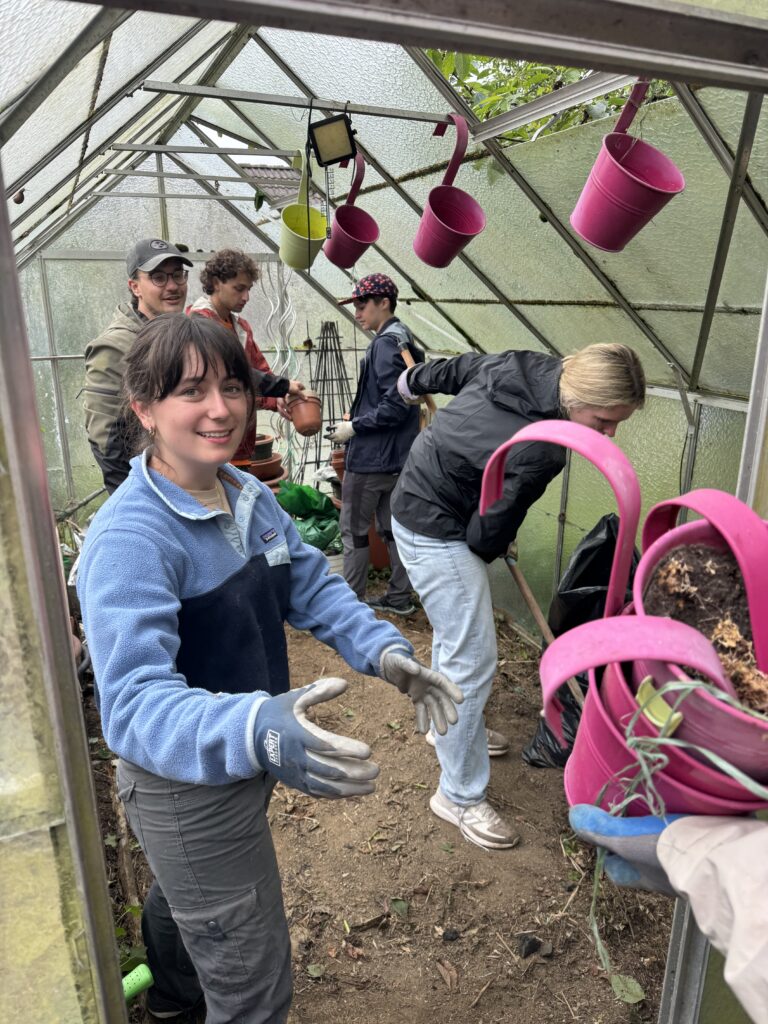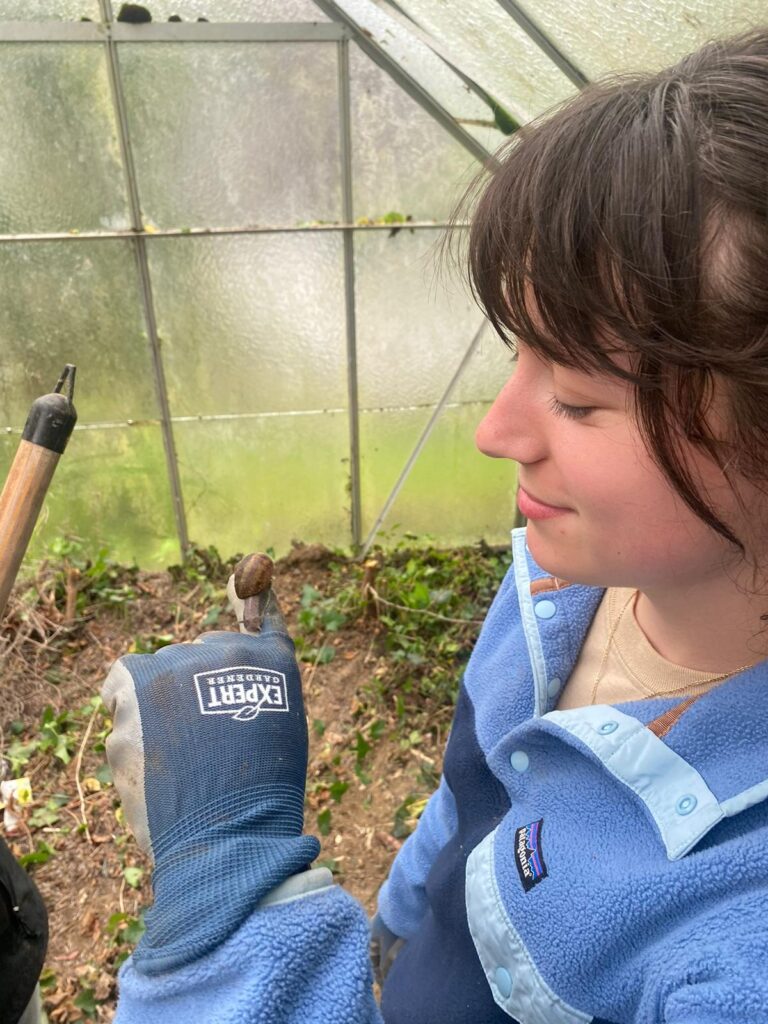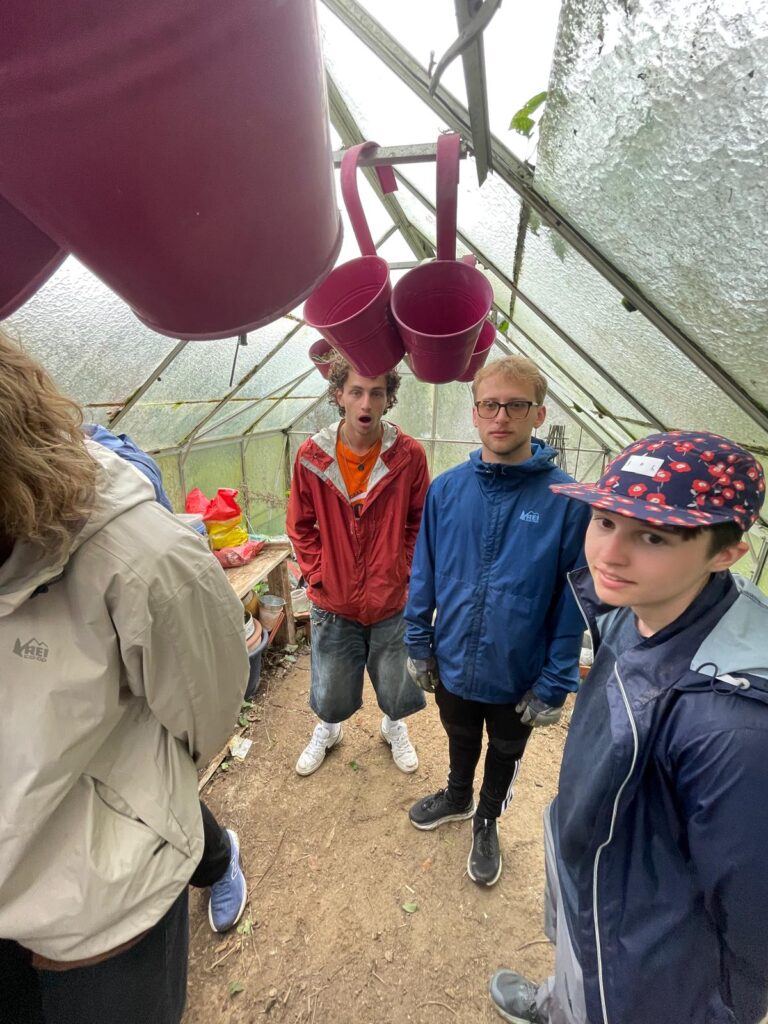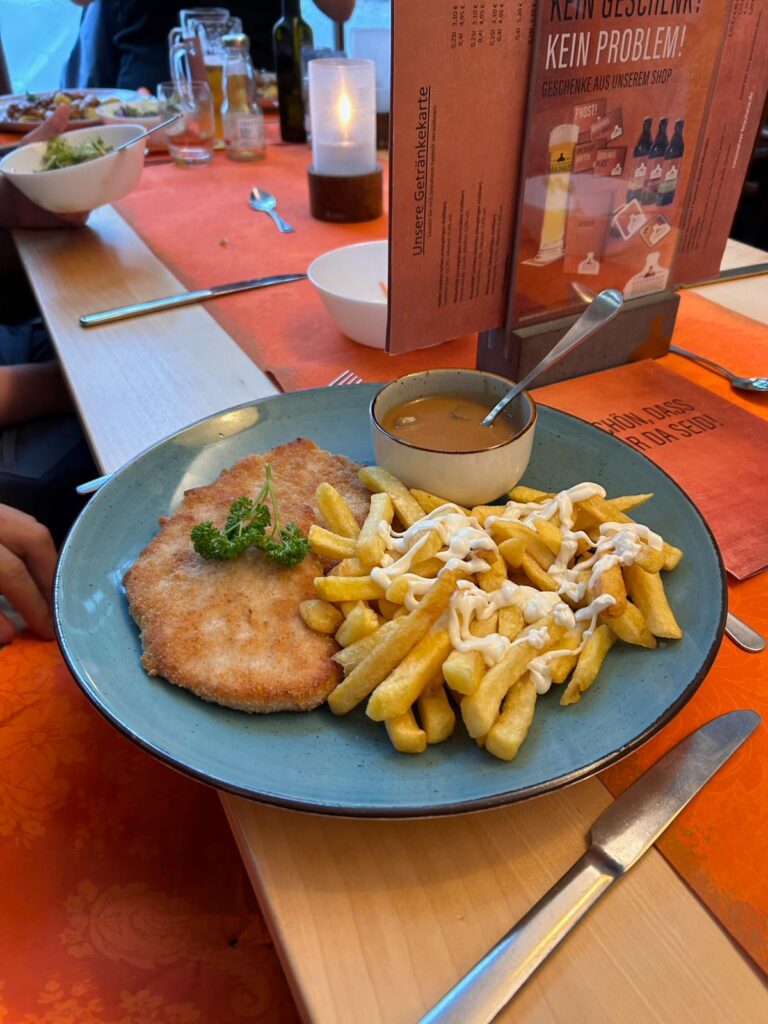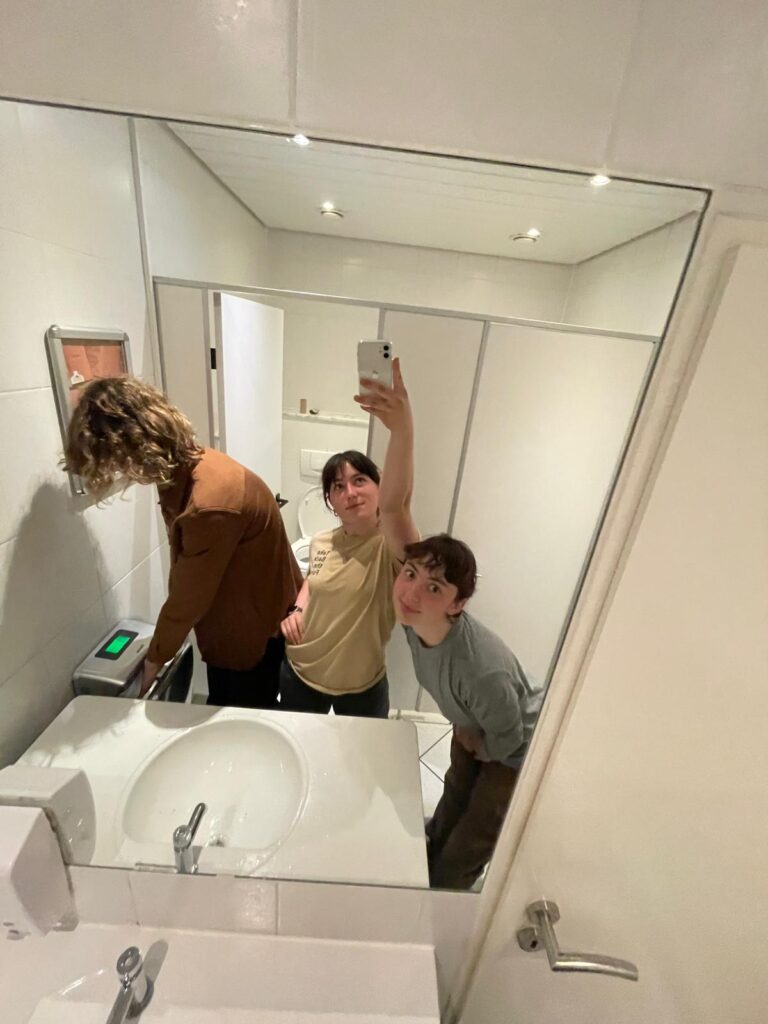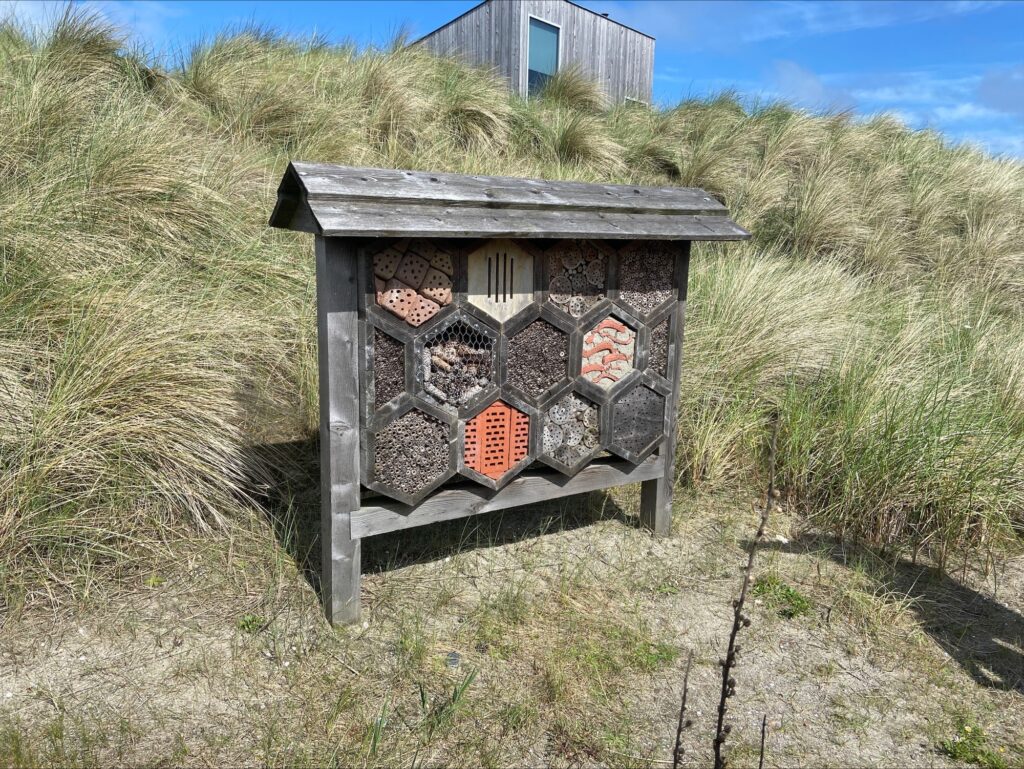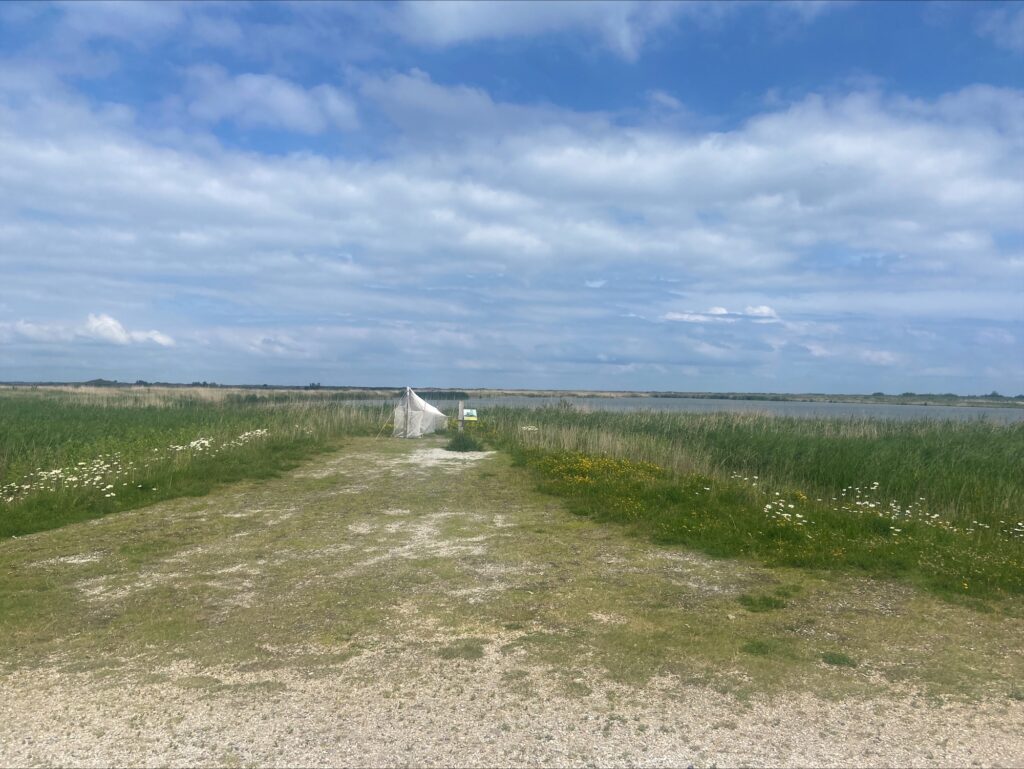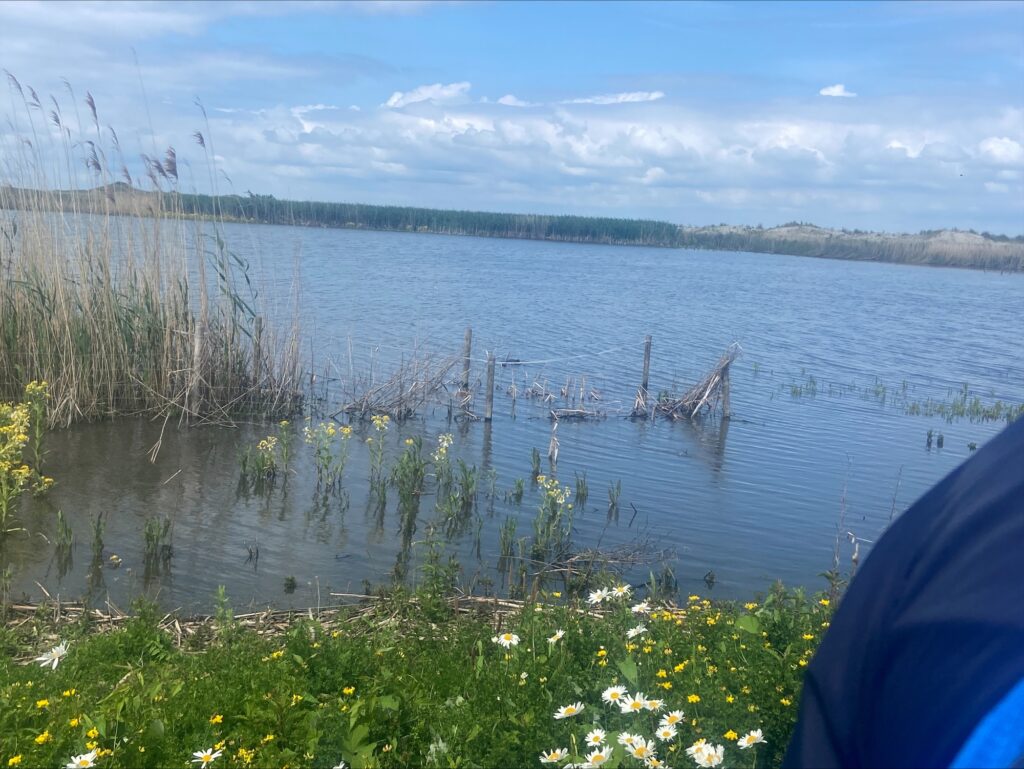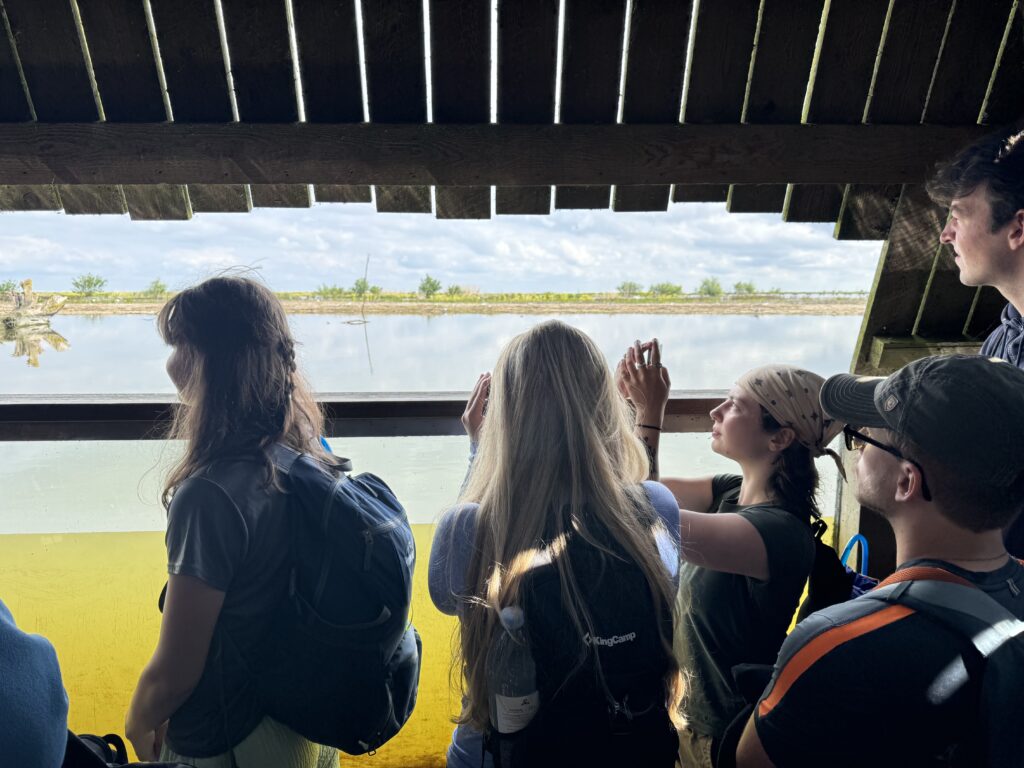After a late arrival in Meckenheim, the group woke up at 8 am for a breakfast of sandwiches and yogurt with coffee and orange juice. We reconnected with our wonderful tour guides Sascha and Christoph. They guided us through the old city of Bad Neuenahr Ahrweiler, explaining how the old walls of the city contained the floodwaters inside, increasing damage in the interior but decreasing the damage outside of the walls.
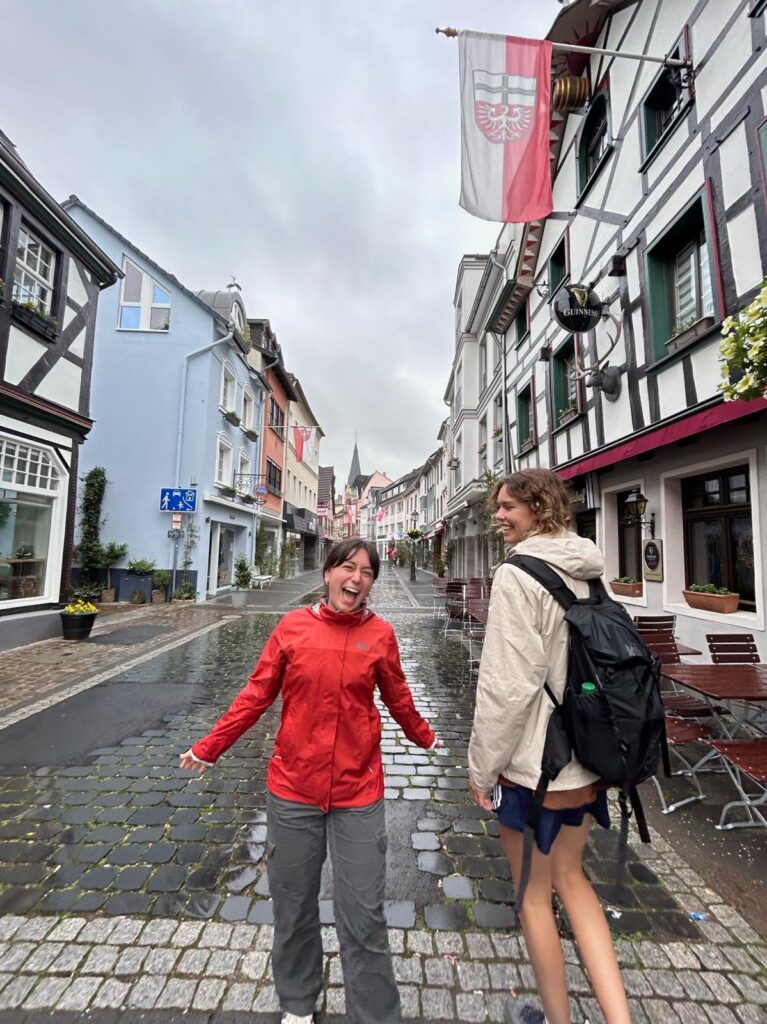
The group then made our way to the fire station in Binzenbach. Two groups were formed and they each planted a tree to commemorate the lost lives during the flooding in 2021. One tree was planted in front of the station while the second was planted at a popular hiking trailhead 2 km down the road.


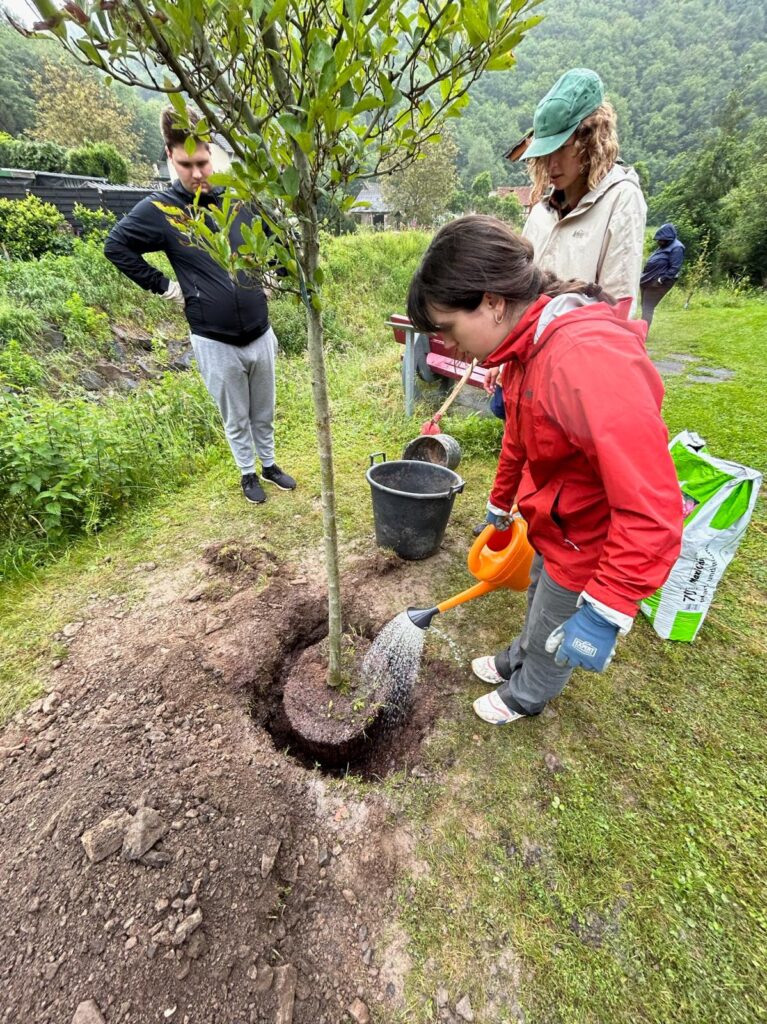
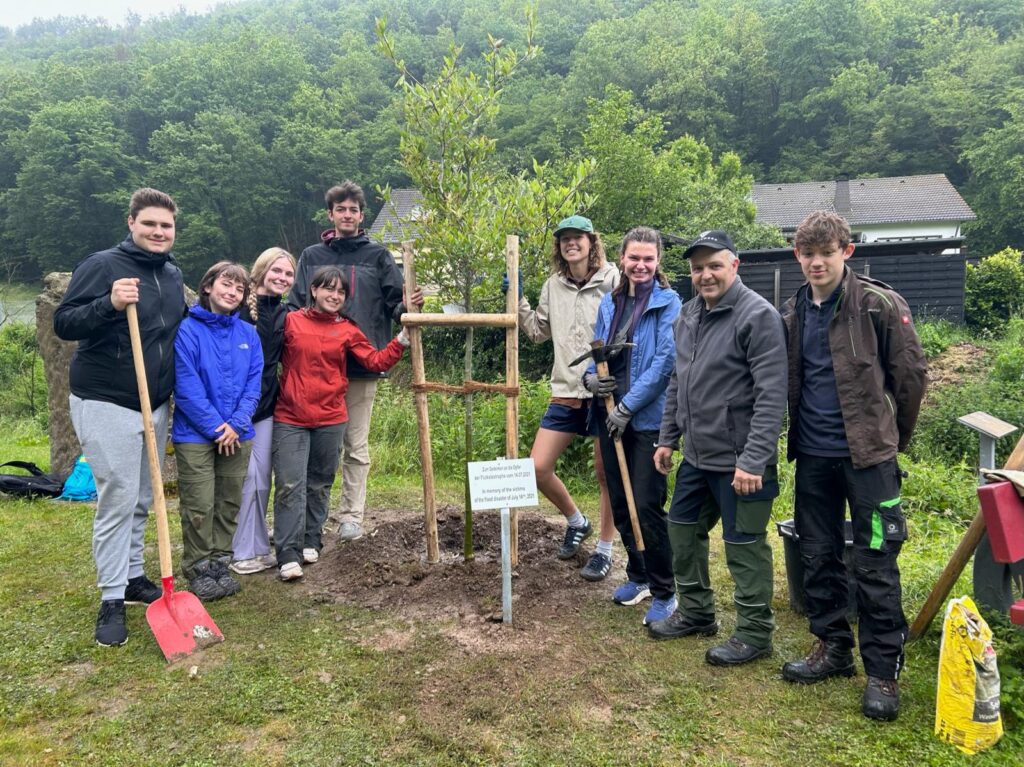
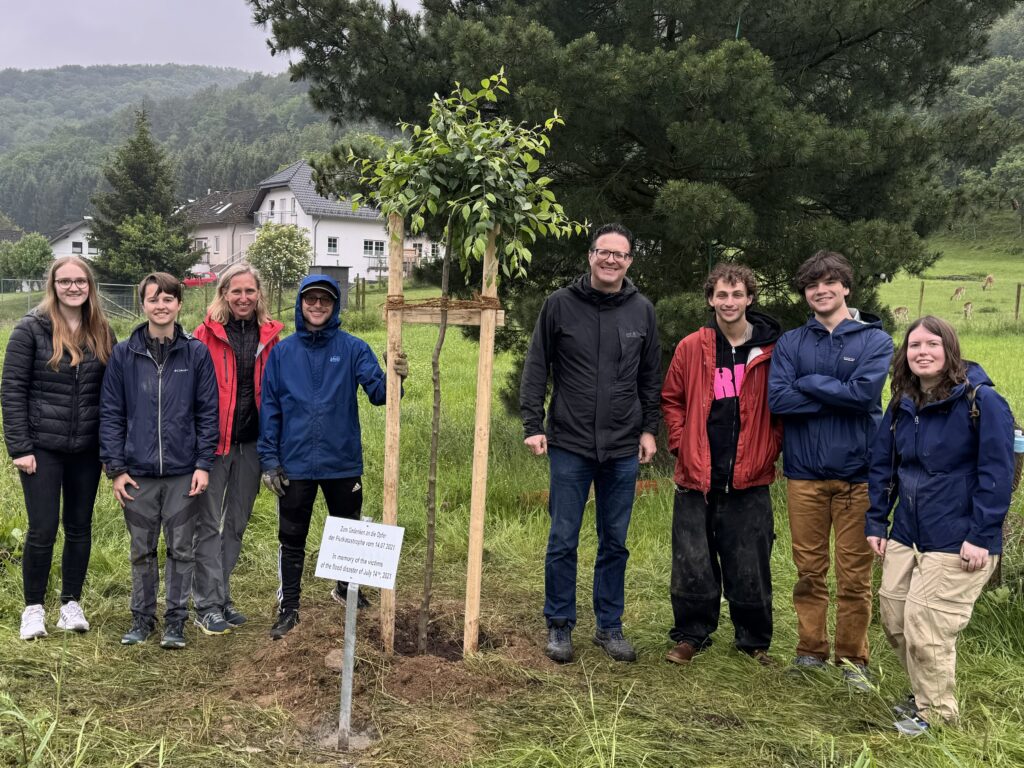
Lunch consisted of a variety of schitzel and sausage, followed by a presentation of the flooding events lead by members of the fire department. Videos were shared, showing the group a firsthand account of people watching the floodwaters rise, destroying everything in its path. Photos further helped put everything in perspective, but also showed how much the community has recovered in 3 short years. A long drive back to Amsterdam concluded the day with a picnic dinner in the hotel lobby. Tomorrow the biking begins and we are looking forward to it.

